by Charlene Klassen Endrizzi and Karen Matis
This month of WOW Currents invites readers to examine adolescent picture book biographies providing relevant disciplinary points of connection for middle school math learners. Three books focus on determined female mathematicians with an additional text featuring a football player of note who pursued his passion for art following a professional sports career.
Up front, I (Charlene) acknowledge the uniqueness of math as a distinct communication tool. I recall my interest in solving algebraic equations throughout middle school. However I did not receive encouragement to continue this interest in high school; hence I feel uncertain in this study of math biographies, which I believe parallels the uncertainty math majors express upon entering a disciplinary literacy course. Math preservice teachers continue to nudge me toward thinking more like a mathematician, apart from my comfortable literacy paradigm. These biographies elevate the exploration of numbers and symbols as the foundational communication tool for accountants, architects, engineers, astronomers or computer programmers.
Meet our first determined architect, Maya Lin, who leapt to international fame as a 21 year old college student through her unconventional Vietnam Veterans Memorial design. Maya’s childhood love of nature, art and math culminated in a reverent memorial design that still inspires Washington D.C. visitors. Jeanne Walker Harvey’s Maya Lin: Artist-Architect of Light and Lines (2017) captured one preservice teacher’s interest through a brief discussion as we assessed the power of architectural plans to humanize the work of geometry. Ella, a math preservice teacher, opened her Learning Invitation of Harvey’s text with a discussion of house blueprints. She asked classmates to envision their dream house with Architecture Projects for Middle School Students. Following time to sketch an ideal home, Ella expanded the discussion of blueprints by displaying the Vietnam Veterans Memorial architectural plans. A classmate responded with, “You captured my interest. During numerous math classes, I wish teachers shared experiences like these.”
Teachers might also conduct a mathematical picture walk to study illustrator Dow Phumiruk’s 2D images, as seen on pages 11 and 12. Start by encouraging students to hunt for various geometric shapes (i.e., squares, circles, arches, triangles). A second math picture walk can focus on juxtaposing 2D images with 3D elements (i.e. squares that morph into cubes, circles now seen as spheres, triangles as pyramids…). Emphasize the relevance of geometric configurations from an architect’s lens. Geometric shapes in Maya’s designs shift the study of geometry from textbook pages into adolescents’ everyday lives.
Zaha Hadid, a Muslim woman of international fame, presented engineers with impossible architectural designs and spent her career breaking conventional molds. Her non-traditional need to use curves, not sharp edges in designs, is presented through Jeanette Winter’s thought-provoking The World is Not a Rectangle (2017). Zaha was determined to accentuate curved shapes in her buildings.
A math student teacher, Zeke, noted Zaha’s intent through a YouTube presentation featuring Winter’s text. Zeke’s Learning Invitation presented to 10th grade geometry students outlined this change agent’s vision, “Ms. Hadid makes art out of math… As an Iraqui woman, she was inspired by the world around her… She earned the name ‘The 89 Degree Architect‘ or ‘The Queen of the Curve‘ because she loved curves… Zaha used math as an architectural tool to make beauty in the world…”
This eccentric architect in a male-dominated field depicts a striking personality for adolescents to ponder, someone filled with hard edges and moods (much like me in middle school). Adolescent hormones sometimes erupt in hard emotional moments paralleling daily moments in Zaha’s life. Her hardened exterior, when considered alongside her need for curves in architectural designs, makes for a fascinating study of contrasts. Math teachers can readily find other learning engagements featuring the usefulness of Zaha’s vision, such as Literacy + STEAM = Design Sprints: The World is Not a Rectangle.
A third unconventional mathematician, Sophie Germain, survived a complicated childhood in Paris, France, during the French Revolution. Author Cheryl Bardoe introduces readers to Sophie by discussing math as a unique communication tool. “Sophie discovered that mathematicians use numbers as poets use letters – as a language to question, explore, and solve the secrets of the universe” (Bardoe, 2018). Statements like these help teachers launch a class discussion into the power of numbers seen in professional lives of accountants, engineers, or architects.
Cheryl Bardoe’s biography of Sophie Germain (Nothing Stopped Sophie: The Story of Unshakable Mathematician Sophie Germain, 2018) masterfully allows readers to examine the language of numbers and symbols. Illustrator Barbara McClintock enables readers to ponder Sophie’s mind, through her depiction of numbers, symbols and equations swirling across every page. Ms. McClinktock reveals her childhood disdain for math and her illustrator goals in this interview.
Sophie thrived in her math world. Her mathematical insights can be seen today in a vibrations theoroem that laid the foundation for many modern architectural structures like the Eiffel Tower, which you can read more about in The Forgotten Woman of the Eiffel Tower. Ms. Germain’s keen wisdom is also seen in her equation explaining prime numbers, also known as Sophie Germain prime. Bardoe and McClintock elevate the life of this all-too-often hidden but determined mathematician.
Middle school students easily connect to the struggle offered in our last “math” book, Between the Lines: How Ernie Barnes Went from the Football Field to the Art Gallery (Wallace, 2018). This biography shares the hidden story of a young African American whose ambition and talent for art was suppressed. His family and coaches pressured him to pursue a career on the football field. Behind his sports masks, Ernie also posed questions like, “Where are the paintings by Negro artists?” during a middle school school field trip. The tour guide’s harsh response, “Your people don’t express themselves in that way” did not discourage Ernie. Instead he used this racist comment as motivation to become the answer to his childhood question. National museums still showcase his artwork produced later in life.
Zeke integrated Sandra Neil Wallace’s picture book biography of Barnes into his high school statistics class. Zeke’s Learning Invitation focused on this question, “What does it mean to be statistically “unusual”?” After reading about Barnes’ life, students explored Barnes using a fact sheet and links to pre-selected websites. Zeke’s students determined if Barnes qualified for “unusual” using standard deviation from the mean on a normal distribution. Follow up discussions prompted students to consider standard deviation and normal distribution in their own lives. Then they contemplated economics when Zeke asked, “Was it worth it for Barnes to play football before he was an artist?” He closed his Learning Invitation by sharing the story of his older brother who became an artist through the technical field of engineering.
“Will I ever use this?” is a vital adolescent question teachers can explore more frequently by showcasing picture book biographies. Our four math related biographies build a bridge between this doubt and the lives of three determined mathematicians and a football player. As teachers share glimpses into the lives of underrepresented personalities like Maya, Zaha, Sophie and Ernie, adolescents are nudged to consider the professional success evolving from an unshakable passion for numbers and symbols. The biography and non-fiction pairs shown below reveal further avenues to humanize and dive deeper into the math world.
Journey through Worlds of Words during our open reading hours: Monday-Friday, 9 a.m. to 5 p.m. and Saturday, 9 a.m. to 1 p.m. To view our complete offerings of WOW Currents, please visit its archival stream.


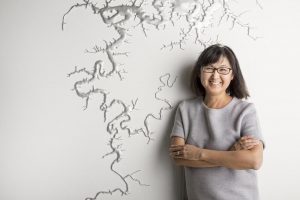
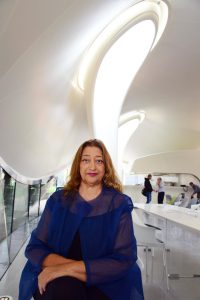
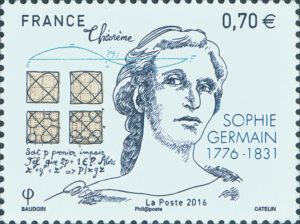
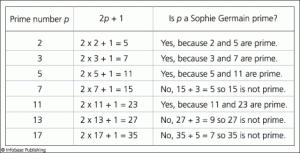
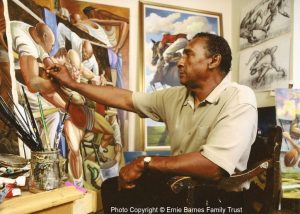
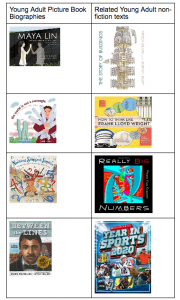
I love the idea of having students create a blueprint of their dream house, as this lets students be creative while applying math skills, such as scale factor and measurement. Zaha Hadid literally “thinks outside the box” or “rectangle” to focus on curved shapes and architecture.